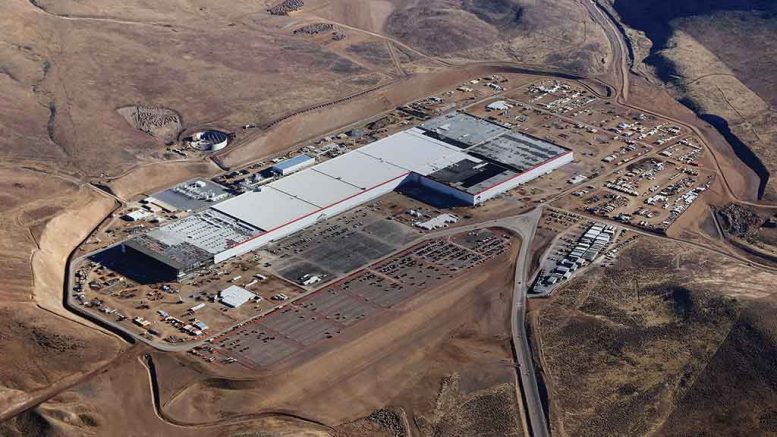VANCOUVER — Cobalt 27 Capital’s (TSXV: KBLT) $200-million initial public offering (IPO) on the TSX Venture Exchange on June 23 shows there’s a growing appetite among investors for exposure to the booming demand for minerals used in the lithium-ion battery and electric vehicle industries.
Cobalt 27 issued 22.2 million shares at $9 each, with the financing led by underwriters Scotiabank, Canaccord Genuity and TD Securities. Cobalt 27 shares hit an intraday high of $11 during June 26 trading before closing at $9.14 per share. The company has 24 million shares outstanding for a $216 million market capitalization.
Cobalt 27 will have two areas of focus in the niche cobalt subsector: physical supply procurement, and royalty and stream acquisitions.

“It’s an asymmetric risk profile because you get the upside of the price rally without the exploration or development risk.”
Chairman and CEO Anthony Milewski
Cobalt 27 Capital
“It is the culmination of a few years of hard work. I started looking at battery metals and electric vehicles, and the first thing we thought of was copper and nickel, but those are big, liquid markets,” Cobalt 27 chairman and CEO Anthony Milewski says during an interview.
“We looked at graphite, as sort of a cost-plus model, and then lithium, but we arrived at cobalt. It’s obviously a by-product of nickel and copper mining, and there aren’t many big projects on the horizon. So when we explored the lithium-ion battery market, the thread that seemed to weave through it all was cobalt. The penetration of electric vehicles, globally, is going to be far swifter and larger than anyone anticipates.”
Milewski also serves as a managing director at Vladimir Iorich’s Pala Investments, which ended up with a 19.46% post-IPO equity stake in Cobalt 27.
Cobalt 27 has 2,160 tonnes of physical cobalt warehoused in the U.S., which would be valued at press time at US$125 million, based on a London Metals Exchange cobalt price of US$26.13 per pound.
The company’s physical holdings consist of 1,486 tonnes of “premium-grade” cobalt and 671 tonnes of “standard-grade” cobalt, with 952 tonnes paid for with cash and 1,206 tonnes paid for in shares. As a result, the cobalt vendors hold a 47% equity stake in Cobalt 27.
Milewski says the concept for Cobalt 27 arose during his time investing in Uranium Participation (TSX: U; US-OTC: URPTF), which is managed by Lukas Lundin’s Denison Mines (TSX: DML; NYSE-MKT: DNN), and offers direct exposure to physical uranium.

Glencore’s Mutanda copper-cobalt mine in the Democratic Republic of the Congo. Credit: Glencore.
“It’s difficult to find pure-play cobalt — in fact there really isn’t any,” Milewski says. “I had experienced the type of premiums you could generate in the uranium space, and it’s an asymmetric risk profile because you get the upside of the price rally without the exploration or development risk.
“But I said: ‘How can we take it a step further? How can we evolve this model?’ The answer we came up with was to start off with the exposure to the physical metal, but the growth and expansion should come from producing streams and royalties over time,” he adds.
To develop the streaming business, Cobalt 27 brought in president and chief operating offier Justin Cochrane, who has 15 years in royalty and stream finance and recently served as executive vice-president of corporate development at Sandstorm Gold (TSX: SSL; NYSE-MKT: SAND).
Cobalt 27 has entered into six agreements to acquire eight net smelter return royalties on exploration-stage properties containing cobalt.
Milewski describes these agreements as akin to “long-term options” since most of the projects are in early stages, but he notes Cobalt 27’s near-term focus will be leveraging its capital position to acquire “big, profit-driving streams.”
In 2016, 65% of global cobalt production came from the Democratic Republic of the Congo (DRC), where political conditions have deteriorated after democratic struggles to replace President Joseph Kabila after he refused to step down in December. In addition, some technology companies have voiced concerns over working conditions and child labour at independent cobalt operations in the DRC.
“The difference here, relative to stories like rare earths, is that we’re seeing billions of dollars in infrastructure being built to underpin the cobalt market. All this money being spent is predicated on this battery technology, so you have a firm demand side developing,” Milewski says. “The other element for us was that all our cobalt material is stored in the U.S., and it is all conflict-free. We have original producer documents that trace it all the way back to the source, and take great care to make sure of that.”






Thank you for providing your e-mail updates in addition to your print editions
Don’t forget about graphite in your battery coverage.